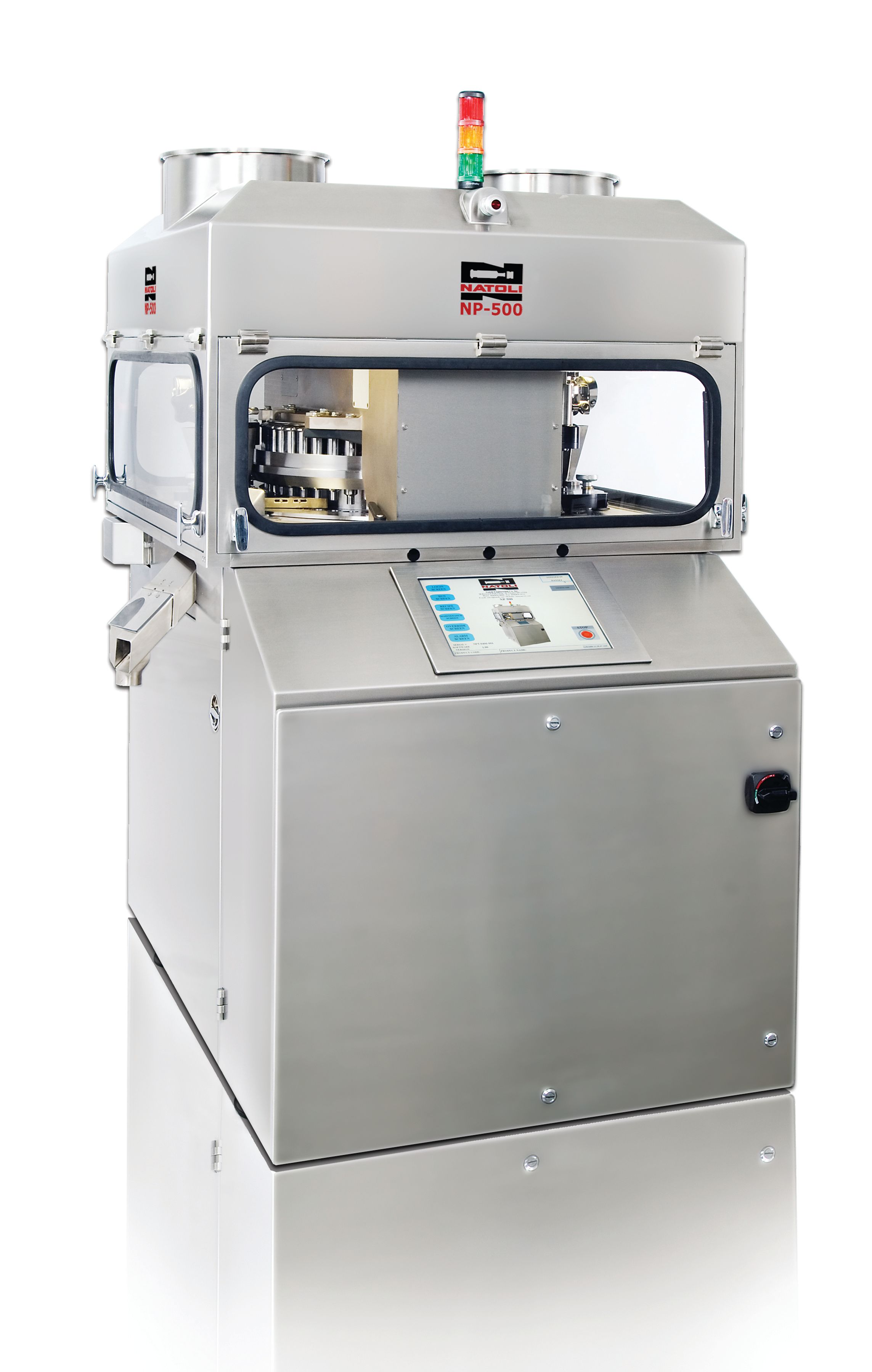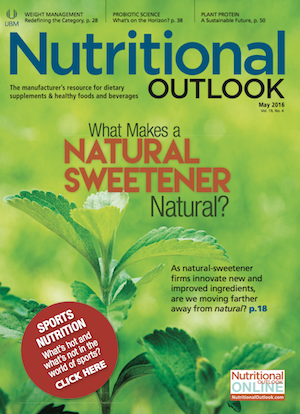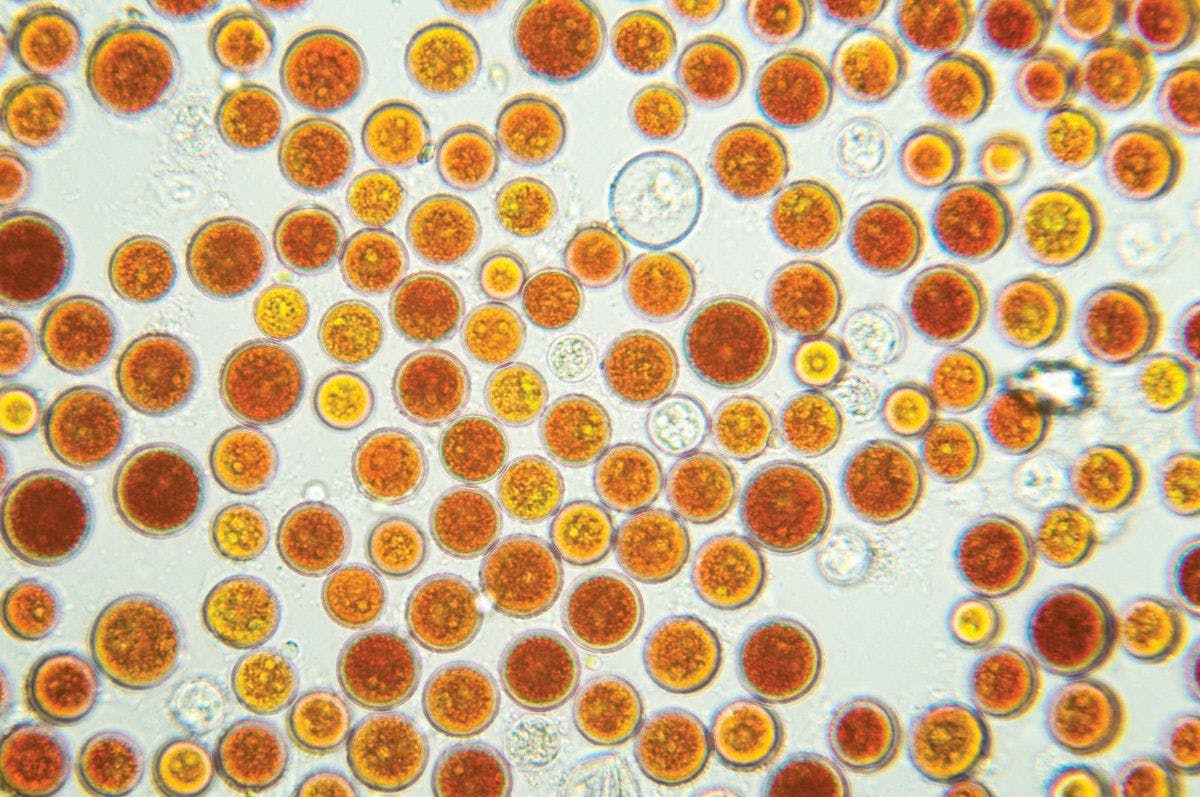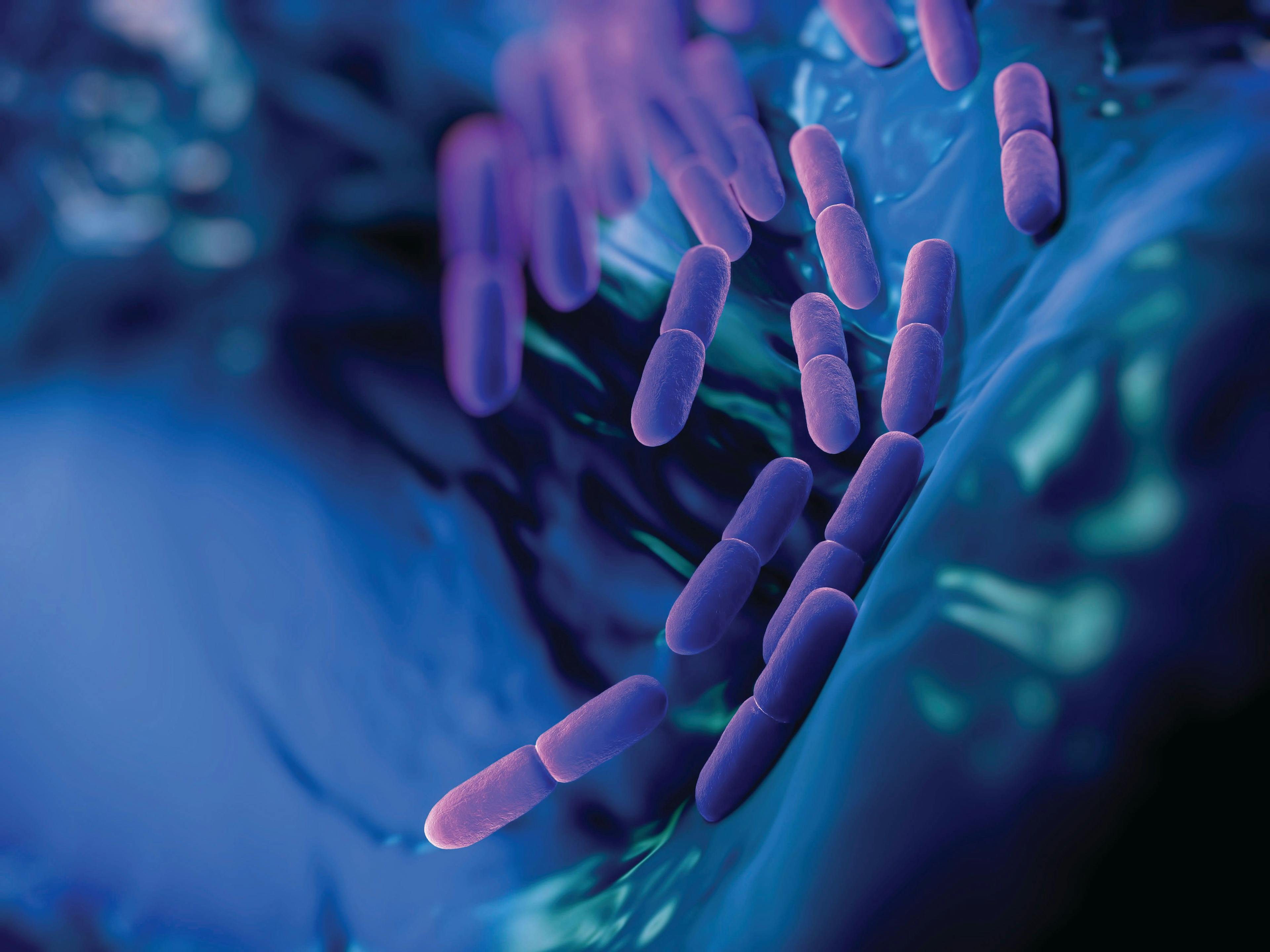Dietary Supplement Production Challenges, Equipment Solutions
Today’s nutraceutical challenges are no obstacle for sophisticated machinery.
Natoli Engineering’s NP-500 tablet press

The nutraceuticals industry is in a constant state of evolution, marked by innovative ingredients, products, and trends. Bearing the brunt of all this growth, though, is often the production line, which can easily find itself outdated or underperforming in such a dynamic environment. Here are the top five production challenges proposed by brands, manufacturers, and equipment suppliers, along with the new processing techniques and equipment that can mitigate these challenges and propel quality products into the market. Challenge #1: Complex Products
Today’s educated supplement consumers are not only demanding complex formulations, but also innovative delivery formats. As an example, says Neftali Tosado, director of global softgel continuous improvement and technology at Catalent Pharma Solutions (Somerset, NJ), “two active nutritionals that were earlier standalone products are now being combined into one multivitamin complex, such as B12 with another supplement, or a triple-ingredient fish oil complex.” And things aren’t much simpler on the delivery side. For example, says Ralf Klotz, sales manager at Uhlmann Packaging Systems (Towaco, NJ), “a few years ago, no one had gummy supplements, but now they represent a significant share of the market.”
At Pharmachem Laboratories Inc. (Kearny, NJ), senior director of product development Mitch Skop has noticed a demand for unit dosing, “whether it’s stick packs or a formulation in a screw cap.” Pharmachem has also been challenged to reduce tablet sizes, he says, so consumers have smaller and fewer pills to take.
For Charles Ravalli, managing director of Romaco North America Inc. (Hamilton, NJ), the delivery challenge that comes to mind is demand for effervescents, which “tend to be very sensitive to air, light, and humidity, as well as fragile and highly friable,” he says. “These factors have to be considered at all stages of manufacturing and processes adapted accordingly.”
Solution: New Technology, New Partnerships
At Charles Ross & Son Company (Hauppauge, NY), sales manager Bill Alhofen is seeing companies make the decision to move from an outside contractor to an in-house approach, where they have better perceived control. To that end, the company offers equipment solutions like Ross Ribbon Blenders, new technology designed to “make blending operation faster, more nimble, more reliable, and easier to clean,” Alhofen says. For those seeking solutions to the effervescent challenge, strip-packaging machines in Romaco’s Siebler HM 1E series are capable of filling fragile effervescent tablets as well as handling small, thin, and fragile tablets.
That said, contract manufacturing remains a solution for many other brands, since many partners are already equipped to meet delivery and formulation demands. Regarding the stick pack trend, Pharmachem recently installed a state-of-the-art stick pack line at its Ogden, UT, plant. Catalent recently onboarded a new rotary die process for its Vegicaps softgel capsules in which the outer capsule shell is created, filled, and sealed in one continuous process.
Challenge #2: Outdated Equipment
It’s no secret that the nutraceuticals industry is being held to ever-higher standards, often rivaling those in the pharmaceutical industry. According to Matt Bundenthal, communications manager at Fette Compacting America (Rockaway, NJ), this means that processors must “carefully monitor and document each step of their manufacturing process in order to prove their products are safe and consistently reproducible.”
The problem? “There are many rotary tablet press machines being used in the nutraceutical industry that are completely outdated,” says Ryan Keefer, North American sales manager of Elizabeth Companies (McKeesport, PA). “Most of them are manually operated with no production information available, such as compression forces, pressure readings, tablet ejection force monitoring, or any data feedback.”
In an industry where transparency demands are at the forefront, this just isn’t going to work.
Solution: Affordable Upgrades
“Relative to tablet compression, nutraceutical manufacturers are no longer content to utilize presses having little or no control for critical tablet parameters, such as weight, thickness, and hardness,” explains Bundenthal. Fette Compacting offers a variety of presses across three different series, the newest of which is the FE75. This high-speed, double-sided tablet press includes three manufacturing modes: mono-layer manufacturing with double-sided discharge, direct compression, and double-layer manufacturing with single-sided discharge. From Elizabeth Companies is a new tablet press line called the Eliza-Press Series, which is economically priced and geared towards nutraceutical manufacturers.
Still, if cost is a hurdle, Keefer recommends discussing with suppliers the option to refurbish and upgrade existing equipment. “This option is usually much cheaper and can extend the life of a specific older machine, while newer equipment options can be reviewed and budget planning can occur for future equipment upgrades,” he says.
STORY CONTINUES ON PAGE 2
Challenge #3: High Speed, High Quality, Low Cost
“The biggest challenge is to meet the customer’s demand of manufacturing an innovative product, sometimes with aggressive timelines, while also maintaining appropriate quality standards,” says Sridhar Krishnan, vice president of global operations at Catalent-all while keeping costs low.
Solution: Optimizing Efficiency
In developing softgels, Catalent relies on its proprietary end-to-end continuous manufacturing process, as well as a proprietary efficient drying process, which Krishnan says has resulted in a 60% reduction in drying time, better speed to market, and lower cost.
Further, by integrating its services, Catalent has been able to improve supply lead time and even extend product shelf life as a result, he adds. “For instance, Catalent added new coating and blister packaging equipment at its 360,000-sq-ft Eberbach, Germany, softgel manufacturing facility, expanding the integrated softgel solutions available,” he says. “The new coating equipment, designed to coat softgels for controlled, enteric, and targeted release, is capable of processing more than 300 million capsules per year.”
New technology is also streamlining processes at Uhlmann Packaging Systems. Its Integrated Bottling Center, for example, offers format-independent electronic counters which, according to Klotz, “can drive down costs, decrease setup and changeover costs, and increase output based on getting to product runs faster,” all because it does not include format-specific change parts.
Challenge #4: Ingredient Authenticity
“Procurement of raw materials generally runs into large quantities,” explains Shaheen Majeed, marketing director of Sabinsa Corp. (East Windsor, NJ). “A very common practice is the adulteration of dried plant materials with other species, or even in some cases, with synthetics.” Some raw materials may also carry high levels of pesticides or metals.
Solution: Fingerprinting
New technology is available to help formulators confirm that their raw materials are authentic and also contaminant-free.
According to Majeed, authenticity can be confirmed with DNA fingerprinting; additional analytical instruments can detect contaminants (heavy metals, pesticides, etc.) at even very low levels-to the tune of parts per billion or even parts per trillion.
“It is necessary to upgrade analytical tools from time to time,” adds Majeed. “A recent inclusion has been a trinocular microscope with photographic capabilities, equipped with fluorescent polarizer analyzer and phase contrast. This instrument not only helps in identification and authentication of raw materials, but also plays a role in characterization and purity analysis of final products.”
Challenge #5: Maintenance
Like any equipment, nutraceutical processing equipment demands its share of maintenance and cleaning. Without it, particles and dust can cause jams, obscure sensors, or even produce faulty products.
“Dust is one of those seemingly minor issues that, if not properly managed, can exponentially affect an entire operation, particularly by necessitating unacceptable duration or frequency of downstream cleaning,” explains Nic Michel, general manager, North America, at Pharma Technology Inc. (Piscataway, NJ). Further, if the issue isn’t corrected in house, final products with unsightly dust at the bottom of the bottle, or rough edges or logos, can diminish consumer confidence.
The catch? “Traditional vibration-and-vacuum deduster designs are no longer sufficient for optimal dedusting performance,” Michel says. And, explains Charles N. Kettler, PhD, director of Natoli Scientific, a subsidiary of Natoli Engineering Company Inc. (St. Charles, MO), tooling for modern tablet presses capable of minimizing product dusting represents a significant manufacturing cost.
Solution: Compacting and Cleaning Technology
When it comes to tooling, Kettler recommends inspecting after cleaning, addressing training challenges (like issues related to lubrication or alignment), and, when all else fails, knowing when to discard and replace. Natoli’s NP-500 tablet press “offers an industry-leading 1.500-in. depth of fill and can compress with a force of up to 10 tons,” says Kettler. This means it’s equipped to deal with the low bulk densities demanded by nutraceuticals, the dosage of which often require a deep fill option. “The press uses the Natoli 328 45 station tooling that offers a large heat flat for additional dwell time to ensure compaction of problematic powders,” he says.
In the area of cleaning, Pharma Technology recently introduced the PharmaFlex iSeries Deduster, which offers upgrades over its predecessor, including an output increased by up to 20%, a more efficient dedusting process, and enhanced resistance to prolonged heat, alcohol, and industrial detergents exposure, says Michel. It also offers enlarged tablet inlet and outlet ports for higher output, a self-regulating vibratory base with accelerometer, direct sight lines to tablets, and a spiral tower that can be easily exchanged for a clean tower (or tower of a different height) in under three minutes.
Also read:
Bringing Nutraceutical Manufacturing In-House? Here Are Your Options for Equipment Purchasing
Dietary Supplement Machines for Modern Manufacturing
Equipment for Controlling Food Contamination

Prinova acquires Aplinova to further increase its footprint in Latin America
April 7th 2025Prinova has recently announced the acquisition of Brazilian ingredients distributor Aplinova, which is a provider of specialty ingredients for a range of market segments that include food, beverage, supplements, and personal care.























